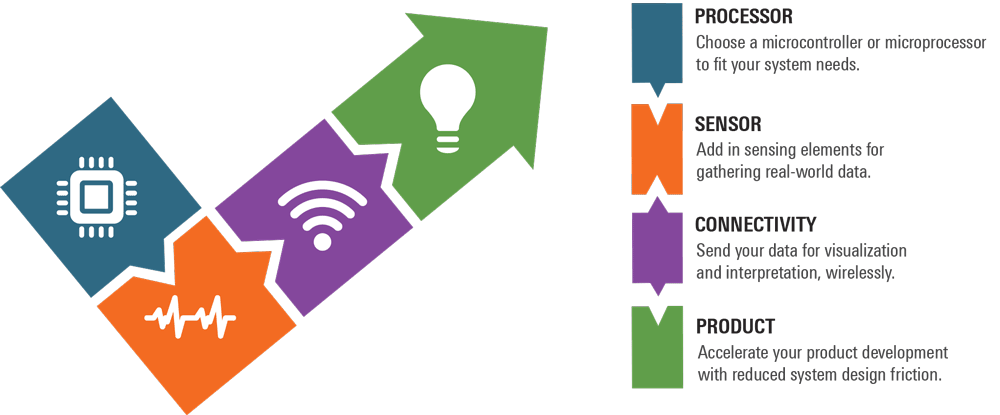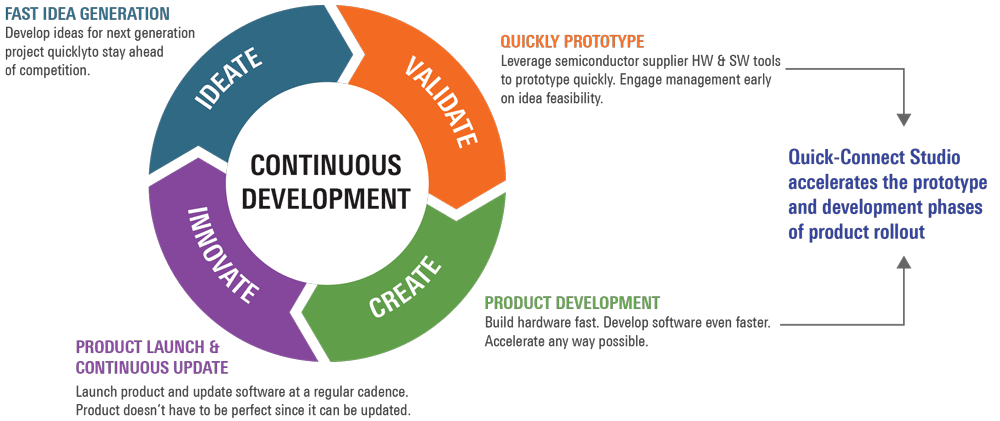Low-code and no-code methodology has been steadily increasing in the DevOps space over the last decade. It uniquely rose to prominence at a crucial point where our pace of innovation driving us toward a digitized, always-on, cloud-based ecosystem outstripped the available talent pool that could develop those solutions. No-code provides tools to graphically piece together a solution, effectively democratizing the development of solutions from simple to complex, lowering the barrier to entry for not only developers but for new companies that are entering the business environment.
Yes, it is a bit of a misnomer to call it no-code. It is obvious that to make no-code tools, a lot of software development (and many hundreds of thousands of lines of code) is involved to make this a reality. But the result is a net positive for all. Developers, freed from developing and piecing together basic building blocks can now focus their time on much larger and more complicated software integration tasks. They can also use no-code tools to spend more cycles experimenting and trying out new solutions. These new proof-of-concepts will undoubtedly lead to faster innovation in their respective fields. The cycle then repeats itself as new tools arise to tackle even larger problems, freeing developers from those tasks, allowing them to spend cycles on other innovations. Wash, rinse, repeat.
So why are we talking about this in a Renesas blog? Renesas is not in the DevOps space. We are a major global semiconductor supplier. We develop chips and integrated circuits that drive and power nearly all electronic devices in use on the planet. Well, the labor crunch and shift that the DevOps world has seen is also playing itself out in the firmware development world. Let’s investigate the similarities.
Since the launch of the iPhone, and more importantly, the opening and creation of the app store, developers have shifted from firmware, or device level software, toward application software development. This has reduced the number of engineers in this space as engineers naturally move toward the hot new technology. At the same time, the advancements in device technology have exploded. Chips can now perform artificial intelligence (AI), run machine learning algorithms, and send data to the cloud to be transformed and analyzed. Just like in DevOps, we have a situation where the engineering talent pool is finite and cannot grow at an exponential rate to keep up with the exploding technology advancements happening in integrated circuit design.
Renesas believes that in the device firmware development world, we are on the precipice of the no-code revolution. Our newest tool, Quick-Connect Studio, is our first step enabling firmware developers to graphically develop at the solution level. You’ll piece together different pieces of your system like the microcontroller, BLE or Wi-Fi connectivity, and sensors in a graphical what-you-see-is-what-you-get setup. With this drag-and-drop approach, you won’t need to worry about the intricacies of how to make the pieces come together. Instead, you can focus on the larger problems of why you are inventing this solution and how it solves a particular use case or problem (Figure 1).

Figure 1: No-code Product Development with Quick-Connect Studio
Using Quick-Connect Studio is as easy as following step-by-step building instructions. In your browser, you’ll graphically set up your virtual hardware the way you intend. Once you are happy with it, you’ll create and compile the project in the cloud. With the real hardware on your desk, you’ll piece together and build the system exactly how it looks in the browser. You’ll then program the dev kit with the compiled firmware and from there you are off and running. A developer can literally go from drag-and-drop to fully programmed hardware with a working example base application in under 5 minutes.
Quick-Connect Studio presents many benefits to the firmware developer. First, the tool is cloud-based and requires nothing more than a browser to start software development. This development can take place well ahead of having any hardware or development kits in-hand. Once you are ready to program real hardware, you’ll need a tool like Segger J-Flash to program the dev kit. In the future, we expect to be able to program real hardware dev kits directly from the browser, so stay tuned for this feature in future releases of Quick-Connect Studio.
Secondly, the no-code methodology reduces the need to understand all the different pin settings and configurations required to get a modern microcontroller up and running. Nearly all microcontrollers have multiplexed pins and peripherals, and understanding how to properly setup a microcontroller requires thorough understanding of the device and datasheet. This complexity is eliminated since the tool can understand how to properly configure the MCU based on the graphical setup in Quick-Connect Studio.
Lastly, Quick-Connect Studio reduces the need for a powerful laptop or PC to work with code locally. We can leverage the scalable compute power of the cloud to enable fast compilation times. And since everything is in the cloud, that means less tools (and downloads) that need to be installed, less storage space for entire projects and an overall faster start-up time developing with Renesas devices. By the way, for those that are concerned about security and privacy using the cloud, we will have options for that as well. The engine that drives Quick-Connect Studio can also be targeted for local installations. In the future, we expect to be able to provide online and offline tools to satisfy customers that need fully on-premise or on-machine support for their toolchains.
Quick-Connect Studio marks a rapid shift toward a new world of graphical solution development (Figure 2). The no-code methodology that has been the defacto standard in the DevOps world for many years now can be realized in the firmware development world.

Figure 2: Continuous Development Realized using Quick-Connect Studio
Visit renesas.com/qcstudio to start building your next solution!
News & Additional Resources
| Title | Type | Date |
|---|---|---|
| QuickConnect Platform | Page | Oct 5, 2024 |
